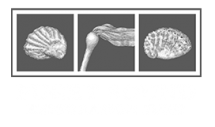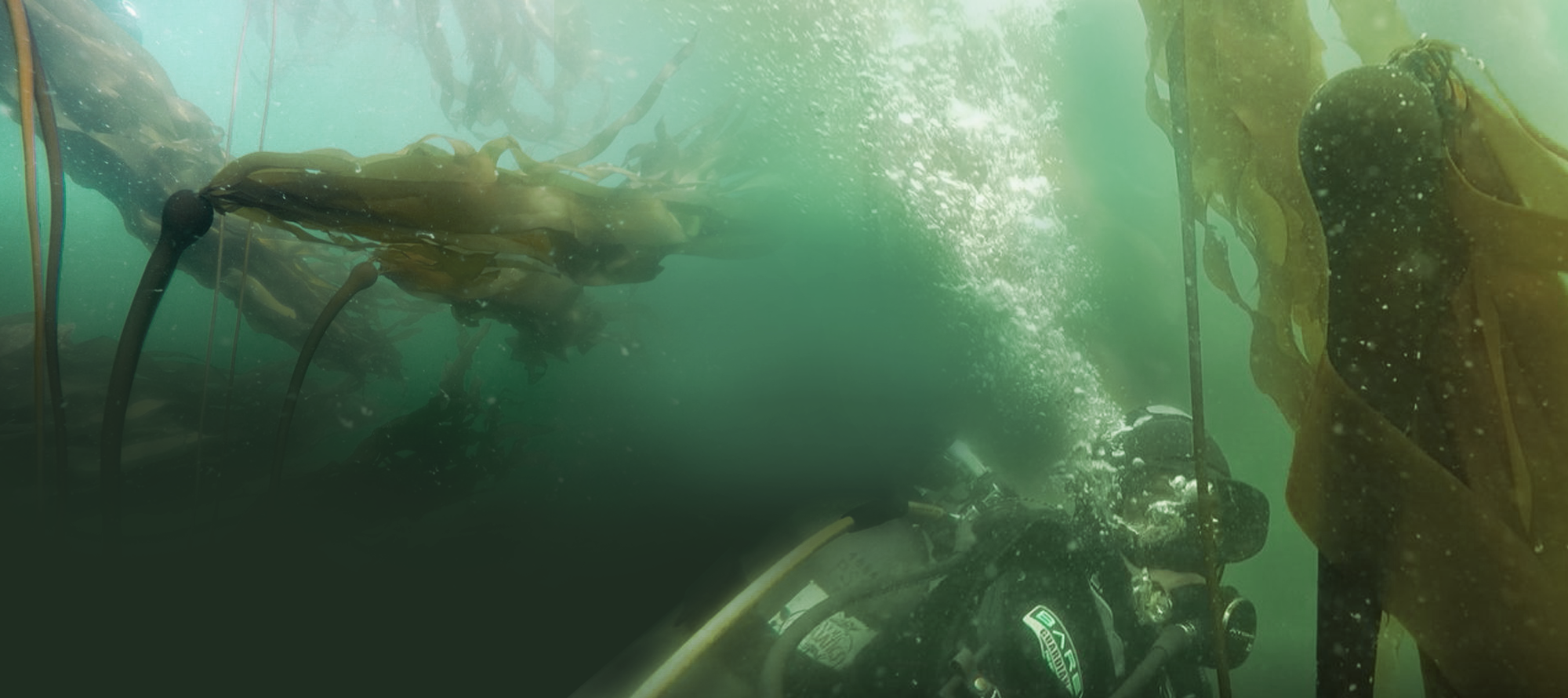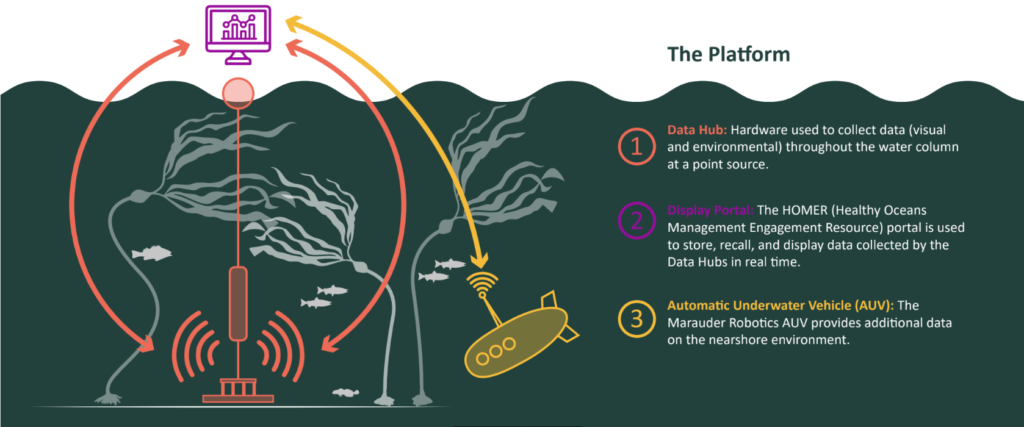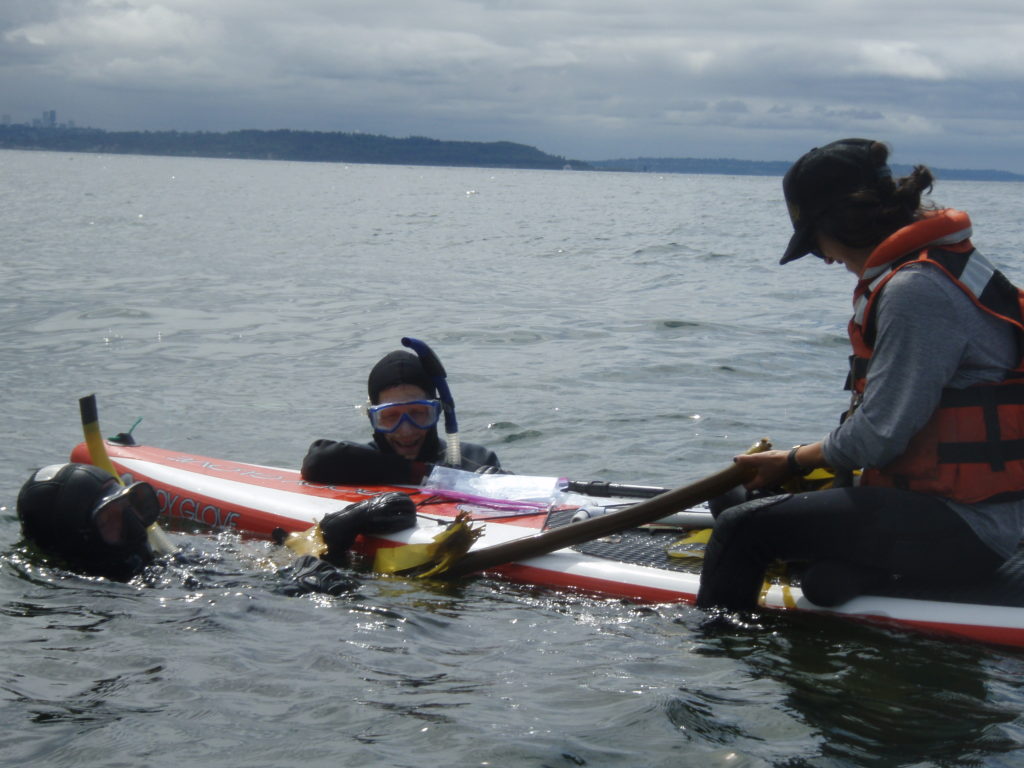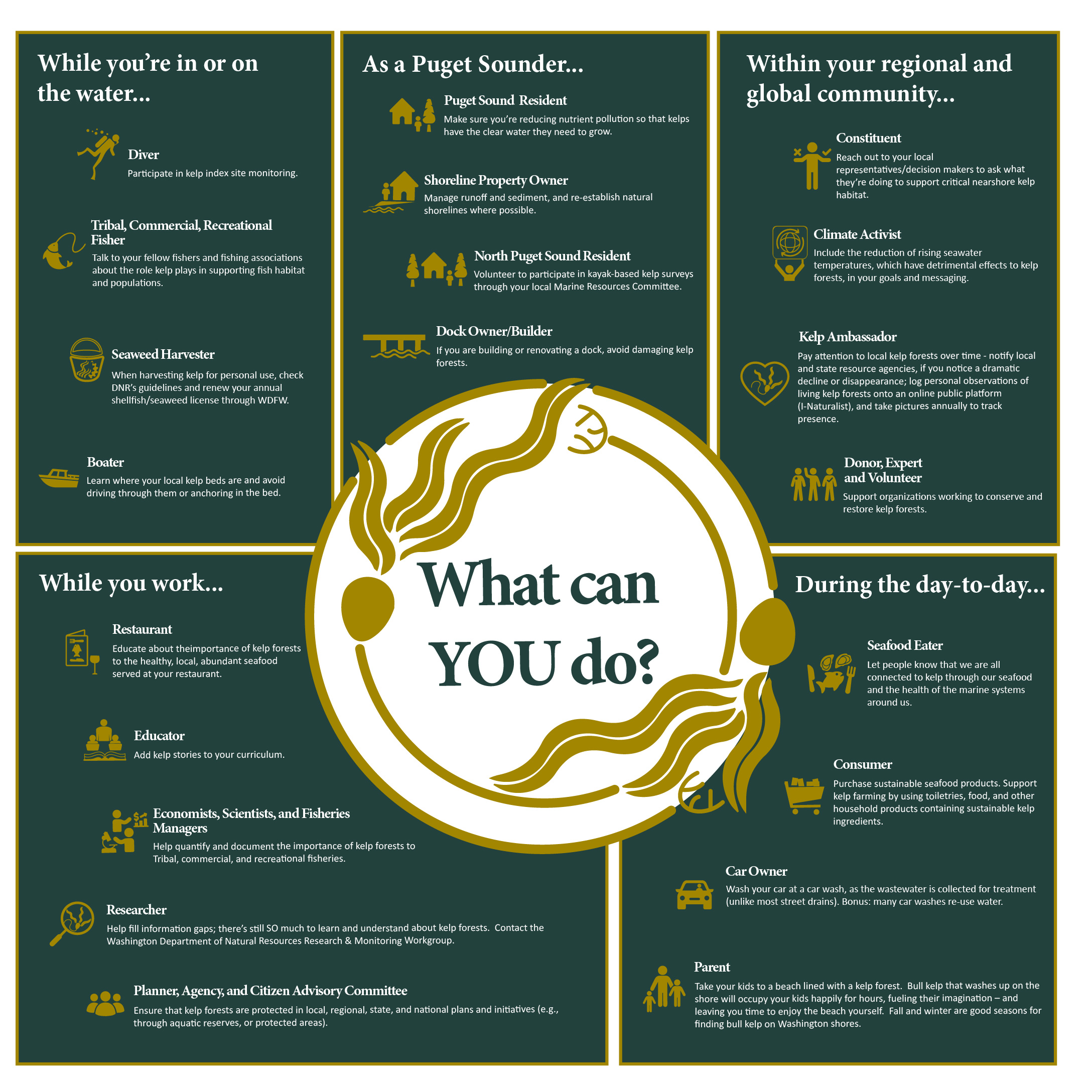Puget Sound kelp forests, fundamental to our marine ecosystem, are currently in decline due to threats from pollution and climate change. The Samish Indian Nation estimates there has been a 36% decline in kelp forests in the San Juan Islands in less than ten years. In the South Puget Sound, 80% of bull kelp has been lost in the last 50 years. Bull kelp beds around Bainbridge Island have disappeared entirely, with the last bed blinking out around 2015.
Kelp is a powerhouse in the marine ecosystem, mitigating ocean acidification, and transforming sunlight and carbon dioxide into food for fish, crab, and shellfish. Here in the Pacific Northwest, underwater kelp forests are lifelines for critically endangered salmon and orcas and commercially important fish and crab. Many fisheries and restaurants depend on the health and sustainability of these kelp beds. Kelp forests are vital to our food chain and are cultural keystone habitats for Tribal communities, who continue to depend on kelp for traditional foods, livelihoods, and customs.
Long-term underwater ecological studies of kelp forests in Puget Sound have been limited. This gap in ecological knowledge presents a serious roadblock to conservation and restoration.
A major bottleneck in tracking and monitoring kelp forests in Puget Sound, and in conservation and restoration of marine ecosystems in general, is inability to see and be underwater regularly. Without reliable, near real-time data streams, tracking changes in marine habitats as well as fish and invertebrate populations is challenging and costly. This is particularly true for kelp forest ecosystems which are often located in high-energy environments that can be difficult to access.
Puget Sound Restoration Fund and the Paul G. Allen Family Foundation are launching a three-year, comprehensive kelp forest monitoring initiative to get more eyes on kelp. The initiative establishes an expanded network of underwater kelp monitoring sites in Puget Sound. Through dive surveys, new technology, and expanded partnerships with Tribal Nations, resource agencies and local communities, the effort will build critical knowledge about Puget Sound’s kelp forests. The initiative includes new partnerships with Marauder Robotics, The Bay Foundation, and Reef Check Foundation. These new underwater monitoring capabilities will augment surface-based monitoring of kelp forests in Puget Sound by the Washington Department of Natural Resources.
This coordinated monitoring and data sharing will provide a better understanding of the current state and threats to kelp forests and the broader Puget Sound seascape. Such knowledge will result in more effective protection and restoration, and provide a model for coordinated monitoring beyond Puget Sound.
